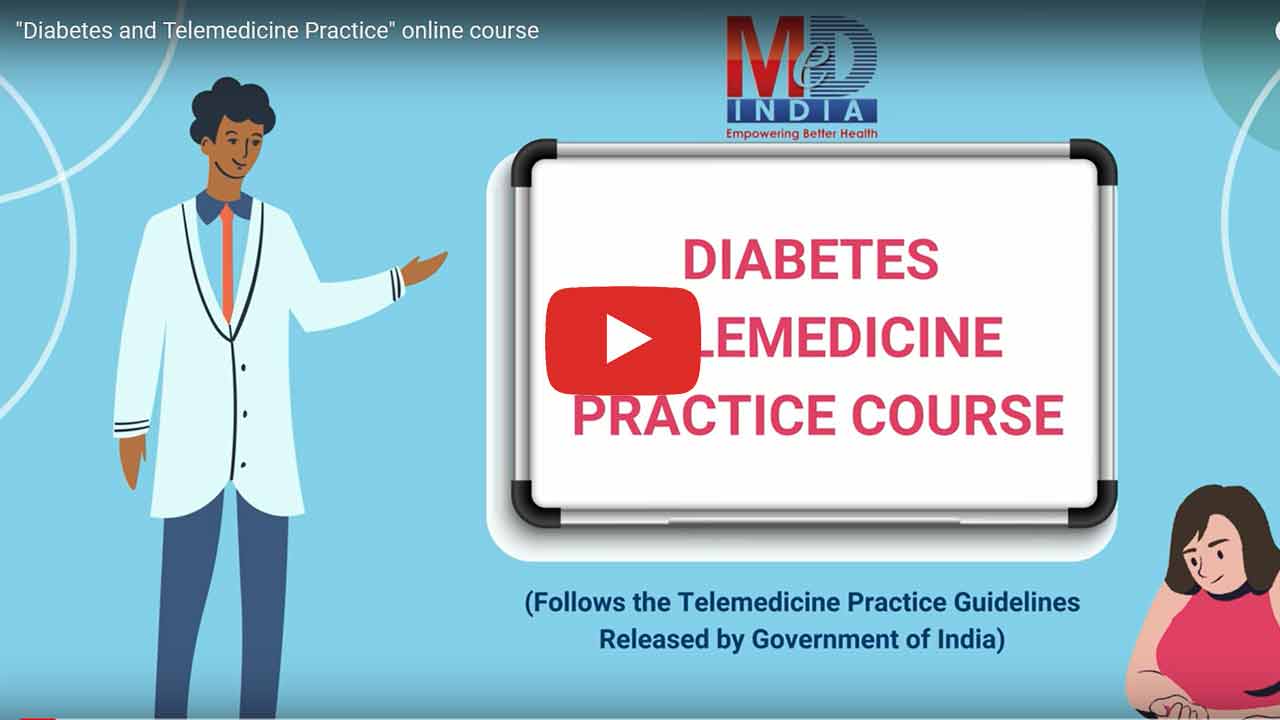
Telehealth Newsletter
Official Newsletter of Tamil Nadu Chapter of Telemedicine Society of India
What is New?
The month of May has been very quiet as far as telehealth is concerned. This issue of the newsletter has the least content in the last three years.
I have listed the top AI Top Ten AI Applications in Healthcare, however this is my list, I am sure many of you will have your own favourite ones. Do share them with us.
In many parts of the country the temperature has shot up, do stay indoors and keep yourself well hydrated.
Thank You
Dr. Sunil Shroff
Chief Editor
President – TN Chapter – TSI
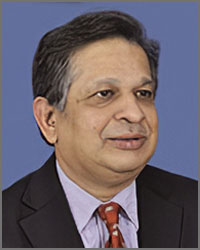
Top Ten AI Applications in Healthcare
Dr. Sunil Shroff
President, Tamil Nadu Telemedicine Society of India | Consultant Urologist & Transplant Surgeon
AI’s role in healthcare is rapidly evolving, with new innovations emerging every day. This makes selecting a definitive list of the top ten AI tools a challenging task. However, the chosen tools have demonstrated their effectiveness and reliability in the healthcare sector over time. They’ve been particularly influential in areas such as medical imaging and oncology, enhancing diagnostic accuracy, predicting patient outcomes, and personalizing treatment plans.
1. IBM Watson Health: Watson Health uses AI to analyze large amounts of health data, helping healthcare organizations improve patient care and find efficiencies.
2. Google DeepMind Health: DeepMind uses machine learning and systems neuroscience to build powerful general-purpose learning algorithms into neural networks that mimic the human brain.
3. Aidoc: Aidoc uses AI to provide radiologists with advanced visualizations to aid in interpreting medical images.
4. PathAI: PathAI focuses on pathology. It uses AI to assist pathologists in making faster and more accurate diagnoses.
5. Tempus: Tempus uses AI for precision medicine, particularly in the treatment of cancer. It collects and analyzes vast amounts of clinical and molecular data to support physicians in making real-time, data-driven decisions.
6. Zebra Medical Vision: Zebra uses AI to read medical imaging with the aim of automating the diagnostic process. Its algorithms have been trained to identify various medical conditions.
7. Butterfly Network: Butterfly Network’s iQ and Butterfly Cloud use AI to deliver a handheld, pocket-sized ultrasound tool that connects to a smartphone. It’s designed to make medical imaging accessible to more healthcare professionals.
8. BenevolentAI: BenevolentAI uses AI to enhance the process of drug discovery. It aims to lower costs, increase speed, and improve the success rate for discovering new medicinal compounds.
9. BlueDot: This platform uses AI to track, locate, and conceptualize infectious disease spread. It provides real-time surveillance across the globe.
10. Nuance Communications: Known for their development of clinical speech recognition capabilities, they have advanced tools like Dragon Medical One which assists in clinical documentation by converting speech into text and driving efficiencies within electronic health records.
These are my list but if you have any recommendation to send us your suggestions.
Top Five AI Applications that can be used in Healthcare
Among the current AI applications, I found some that were very easy to use and can be easily applied in healthcare. However many may require subscription. These are listed below:
1. ChatGPT – Provides you ready answers to any health related questions, but do be careful of the references it give you for evidence.
2. Synthesia: This platform uses AI converts text-to-video Software. All you need to do is write the script, choose the presenter, and the AI generates a realistic video with the presenter saying the provided script. I first used Vidnami which was a great application, but this got taken over byt BigDaddy. Vidnami suggested relevant images or clips to the text too. You can try Lumen5 too for the same purpose.
3. Dragon Professional: Known for its dictation software, Dragon is used widely in various sectors, including healthcare for clinical documentation. Other products include Google Speech-to-Text.
4. Wix: Do you want build a website for your practice, you can try this AI tool, it is easy to use.
5. Beautiful.ai: Helps with improving the quality of your presentation by providing you with slides templates and improving your complete presentation
I must confess I did use ChatGPT to check these out and rewrite some of the content.

Workshop on “Telehealth practice guidelines and latest trends in India”
By Dr. Murthy Remilla
A Hybrid workshop on “Telehealth practice guidelines and latest trends in India” with Inaugural of Telemedicine Society of India (TSI) Himachal Chapter was held at the premises of AIIMS Bilaspur.
The event was inaugurated by the Executive Director of AIIMS Rishikesh cum President, TSI Dr Meenu Singh along with Honorary Secretary of Telemedicine Society of India (TSI), Dr. Murthy Remilla.
The event was initiated by the inaugural Director’s address, conveyed by Dr. Sanjay Vikrant, Dean Academics. He described about the way forward of the AIIMS Bilaspur, to adopt technologies related to Ayushman Bharat Digital Mission (ABDM) and the accomplishments of AIIMS Bilaspur in Digital health domain.
The Chief Guest of the occasion Dr. Meenu Singh presented the Presidential Address. She shared views on Telemedicine practices and other digital health innovations & its importance in the Tele education, telenursing etc. The other Guest speaker Dr. Murthy Remilla threw light on Telemedicine Practice Guidelines issued by Govt. Of India in 2020 & 2022.
The President (Designate) of upcoming TSI Himachal Chapter Dr Vikrant Kanwar expressed gratitude to all the dignitaries and invited guests. He said that the event is indeed a crisp description to know the nitty gritty of the telemedicine trends in the country and this will go a long way in adoption and acceptance of telemedicine and other digital health innovations by healthcare providers and the patients.
The event was attended by AIIMS Faculty, Nursing Officers, Staff, Students and many delegates from all over the Himachal.
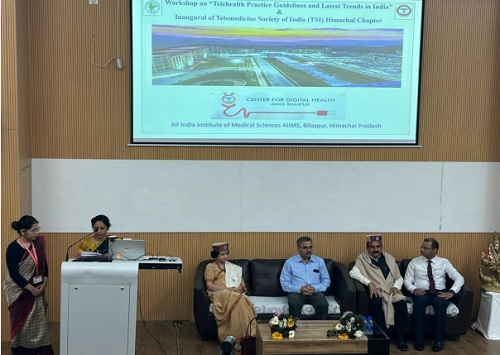
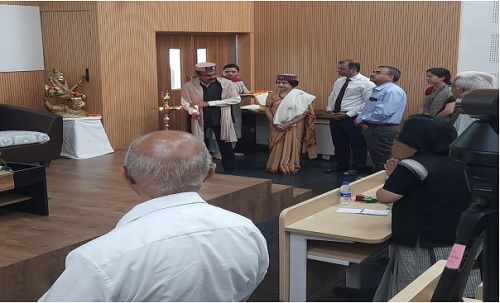
AI Can provide Life-Saving Early Diagnosis and Advance the Treatment of Pulmonary Hypertension
(Submitted as Press Release)
Global AI firm Thirona has unveiled LungQ™ AVX, an AI algorithm designed for pulmonary artery-vein phenotyping. Revealed at the ATS 2023 International Conference, the algorithm showed promise in detecting pulmonary vasculature abnormalities from CT scans.
It precisely identifies and quantifies vessel diameters and volumes, essential for accurate and sensitive analysis. Early studies suggest that LungQ™ AVX enables non-invasive detection of arterial and venous changes, potentially facilitating early diagnosis of diseases such as pulmonary hypertension.
The algorithm also aids in diagnosing different vascular diseases and assessing treatment outcomes without requiring contrast-enhanced CT. Leticia Gallardo Estrella, a senior team leader at Thirona, highlights the tool’s potential in early detection and disease management, particularly for rare diseases like pulmonary hypertension (PH).
The insights provided by LungQ™ AVX cannot be subjectively assessed from a CT scan as the eye is not sensitive enough to pick up subtle changes in the dimensions of the pulmonary arteries and veins. AVX could potentially help PH diagnosis by detecting relevant vascular alterations way earlier than they can be picked up by current golden standard of hemodynamic measurements by right-heart catheterization.
Leticia Gallardo Estrella, PhD., Senior Deep Learning Engineering Team Leader at Thirona: “Our expectation is that AV phenotyping will have the most noteworthy benefits in detecting pulmonary hypertension and its subtypes. PH is a rare disease with a very high underdiagnosis rate. Applying AI to help with its early detection can potentially result in slowing the disease progression in PH patients by ensuring they get the best possible treatment sooner.”
“It is an exciting step forward in phenotyping pulmonary vascular disease. AVX is a result of almost a decade of research and development work aimed at finding vascular phenotypes to improve the diagnosis of a multitude of vascular diseases and to identify new potential therapeutic targets. Today, we have several validation studies delivering strong evidence that AVX can potentially transform the way we diagnose and treat uncurable diseases like pulmonary (arterial) hypertension. And more studies are pending.”, says Jean-Paul Charbonnier, PhD., Chief Innovation Officer at Thirona.
References
Boomars, K. A. (2023). Can AI-based Pulmonary Vascular Phenotyping on Chest-CT Detect Volume Shifts in Pulmonary Arterial and Venous Blood Volume in Operable and Non-operable Chronic Thromboembolic Pulmonary Hypertension? In D28. HOW CAN WE DO BETTER: EMERGING DIAGNOSTICS AND THERAPEUTICS IN PULMONARY VASCULAR DISEASE (pp. A6468-A6468). American Thoracic Society.
Maloir, Q., Gallardo Estrella, L., Ernst, B., Louis, R., Charbonnier, J. P., & Guiot, J. (2023). Artificial Intelligence-Based Analysis Differentiates PAH From PH Using Non-Contrast Chest CT Scans. In B56.-OMICS, MACHINES, AND DEVICES IN PULMONARY HYPERTENSION (pp. A3724-A3724). American Thoracic Society.
Maloir, Q., Gallardo Estrella, L., Ernst, B., Louis, R., Charbonnier, J. P., & Guiot, J. (2023). A Step Towards Early Detection of Pulmonary Hypertension on Non-Contrast Chest CT Scans Using Artificial Intelligence. In B56.-OMICS, MACHINES, AND DEVICES IN PULMONARY HYPERTENSION (pp. A3725-A3725). American Thoracic Society.
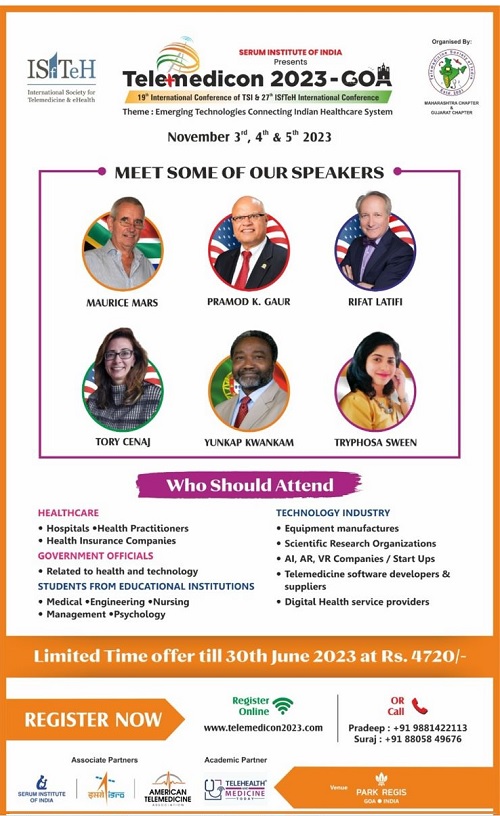
Telemedicine – News from India & Abroad
Satya Nadella, Sundar Pichai attend emergency meeting on AI at White House as Biden administration works on regulations
Within a matter of months, ChatGPT has gone from a conversational AI being used for writing poetry, college essays and even codes, to being a serious business tool. After a botched attempt to pitch Bard against ChatGPT, Google CEO Sundar Pichai warned about AI’s harmful effects, while Elon Musk called for AI to be paused, while working on his own version. Days after the Godfather of AI warned that the tech can end humanity, US President Joe Biden has urged Pichai and Microsoft CEO Satya Nadella to protect people from risks associated with it…. Readmore
Unlocking the Potential of Apple’s New Tools for Cognitive, Speech, and Vision Accessibility
Apple, the tech giant showed novel software features for cognitive, speech and vision user-friendliness, along with tools for people who are nonspeaking or at risk of losing their ability to speak, that will be available in its devices later this yearAt Apple, we’ve always believed that the best technology is technology built for everyone,” said Tim Cook, Apple’s CEO…..Readmore
Why Is AI Important for Primary Care Patients With Respiratory Symptoms?
A new machine learning model trained with artificial intelligence triaged patients with respiratory symptoms before they visit a primary care clinic. To train the machine learning model, the researchers used only questions that a patient might be asked about before a clinic visit. Information was extracted from 1,500 clinical text notes that included a physician’s interpretation of the patient’s symptoms…Reademore
Are Google Cloud’s AI-Tools the Key to Accelerating Drug Discovery?
Two novel AI-powered life sciences solutions announced by Google Cloud accelerate drug discovery and precision medicine for pharma and biotechnology companies.The tools, target and lead identification suite will help researchers better identify the function of amino acids and predict the structure of proteins; and the multiomics suite will accelerate the discovery and interpretation….Readmore
Tele-Diabetes Course
The Diabetes Telemedicine Practice Course has been put together by experts in the field who have been familiar with this form of practice for many years. This course follows the same level of compliance as available in the document released by the Ministry of Health & Family Welfare, Government of India entitled ‘Telemedicine Practice Guidelines.’
There is a separate online foundation course for all practitioners to familiarise themselves with the’Telemedicine Practice Guidelines.’ The diabetes course goes a step further and helps the diabetes practitioners to understand the requirements for such a practice. You can either take both the courses or just take the diabetes telemedicine course.
Course Directors:
Dr.V. Mohan, Chennai
Dr. Jothydev Kesavadev, Trivandrum
Dr. Sanjay Sharma
Modules:
Module I – Introductory Primer to Tele-Diabetes
Module II – Setting up a Diabetes & Telehealth Practice
Module III – Legal & Ethical Aspects
Module IV – Optional Material
Duration: The total online course duration is for four to six hours
Certification: Proficiency certificate of completion of the course.
Course Delivery: Via Online Platform
To register for the course please click here – https://tsitn.org/diabetes-telemedicine-practice-course/
TN – TSI invites all the TSI Chapters and Members to submit information on their upcoming Webinar or Events (50 words), News related to Telemedicine (200 words) or short articles (500 words) for the monthly e-newsletter.Guidelines for submission to TN TSI Newsletter-
- Report can be from 500 to 600 words
- Report Should be relevant to Telemedicine or Medical Informatics
- No promotion of self or any product
- Avoid plagiarism
- All references should be included
- Provide any attributions
- Visuals are welcome including video links
- Send full authors name, degrees, affiliations along with a passport sized photograph of good resolution. If multiple authors only main author photo to be sent.
Submission may be sent to – tsigrouptn@gmail.com
Editors reserve the rights for accepting and publishing any submitted material.
Editor in Chief – Dr. Sunil Shroff
Editors – Dr. Senthil Tamilarasan & Dr. Sheila John
Technical Partner- https://www.medindia.net


